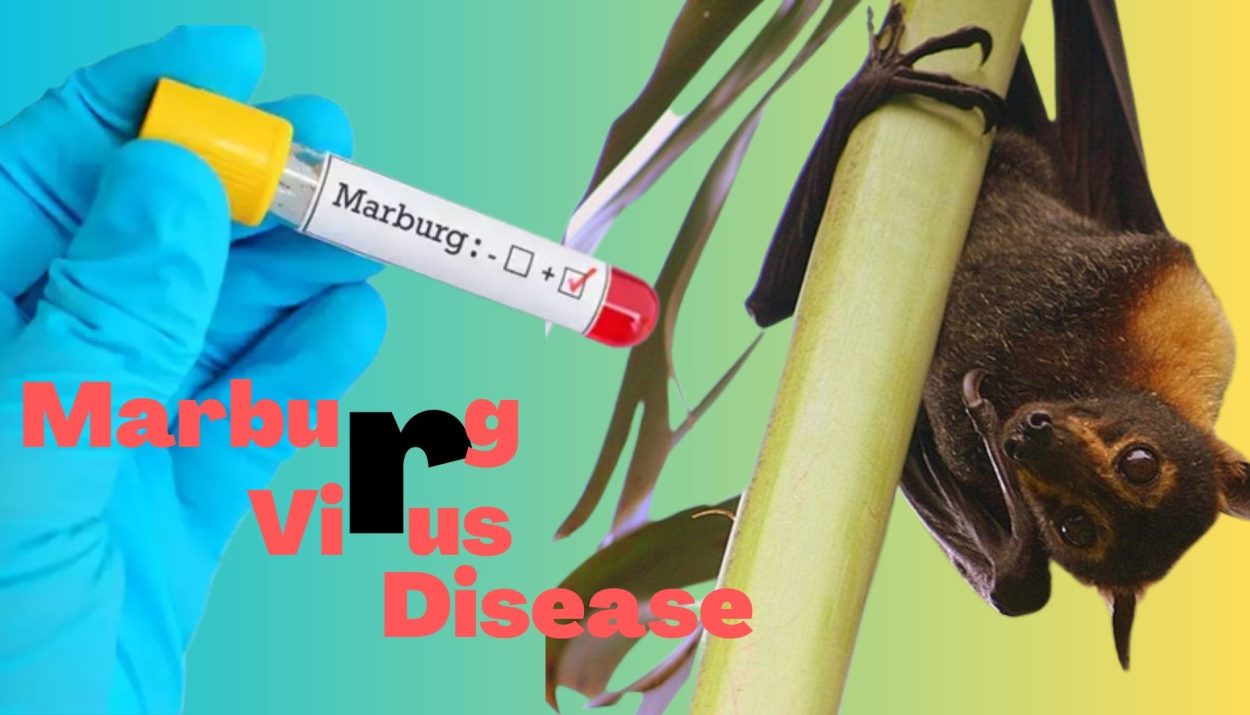Marburg disease is a rare and serious illness caused by the Marburg virus, which belongs to the same family as the Ebola virus. This is a severe hemorrhagic fever that is highly contagious and can impact both humans and non-human animals.
The disease was first identified in 1967 during an outbreak in Marburg and Frankfurt, Germany as well as in Belgrade, Serbia. The outbreak affected laboratory workers who were exposed to the virus, which had been imported from Uganda in a shipment of African green monkeys. Since then, sporadic outbreaks of Marburg disease have occurred in Africa, with high fatality rates. The African continent has witnessed over a dozen significant outbreaks of the disease since 1967, with fatality rates ranging from 24 to 88% in previous incidents.
Causes of Marburg Virus Disease
The World Health Organization (WHO) has identified fruit bats as the primary source of transmission to humans, and the virus spreads among individuals through direct contact with infected people’s body fluids, surfaces, and objects.
Marburg disease is caused by the Marburg virus that lives in Fruit bats and is transmitted to humans from infected animals. Human-to-human transmission can also occur through contact with the bodily fluids of an infected person, such as blood, vomit, or faeces. Healthcare workers are especially at risk of contracting the disease if they do not follow proper infection control procedures.
Direct contact with a dead person’s body during burial rituals may also have facilitated the spread of Marburg. Individuals can remain infectious as long as the virus is present in their blood.
Symptoms
The symptoms of Marburg disease usually appear suddenly marked by fever, chills, headache, muscle aches, and fatigue. In addition, patients may experience nausea, vomiting, diarrhoea, abdominal pain, and a rash. As the disease progresses, patients may develop liver dysfunction, hemorrhagic symptoms (bleeding), and neurological symptoms such as confusion, agitation, and seizures. The incubation period for Marburg disease varies from 2 to 21 days.
Typically, in cases where the outcome is fatal, death occurs around 8 to 9 days after the onset of symptoms and is typically preceded by severe blood loss and shock.
Treatment
As of now, there are no approved vaccines or antiviral medications available to treat the virus.
There is no specific treatment for Marburg disease, and supportive care is the mainstay of management. This includes maintaining hydration and electrolyte balance, managing fever and pain, and providing oxygen support. Patients may also require blood transfusions and treatment for complications such as bleeding and organ failure. Experimental treatments, such as monoclonal antibodies and antiviral drugs, have shown promise in animal studies but have not yet been tested in humans.
Read- Medical Anthropology
Prevention
Prevention of Marburg disease involves avoiding contact with the body fluids of sick individuals and infected animals. Healthcare workers must follow strict infection control procedures, such as wearing personal protective equipment, isolating patients, and properly disposing of contaminated materials. Travellers to areas where Marburg disease has occurred should avoid contact with bats and primates and practice good hygiene.
What makes fruit bats a common host for many viruses?
Fruit bats are known to be natural hosts for several viruses such as the Ebola virus, Marburg virus, Nipah virus and Hendra virus. It may be because of their unique biological and ecological characteristics. One reason is that fruit bats have a long lifespan and large populations, which allows viruses to persist in their populations for long periods and facilitates their transmission to other animals or humans.
Additionally, fruit bats have a strong immune system that enables them to harbour viruses without showing any symptoms. This means that they can carry and spread viruses without getting ill themselves, increasing the chance of transmission to other species.
Fruit bats also have a broad diet, which exposes them to various pathogens from the fruits they consume. They often travel long distances, carrying and spreading these viruses across regions and continents.
